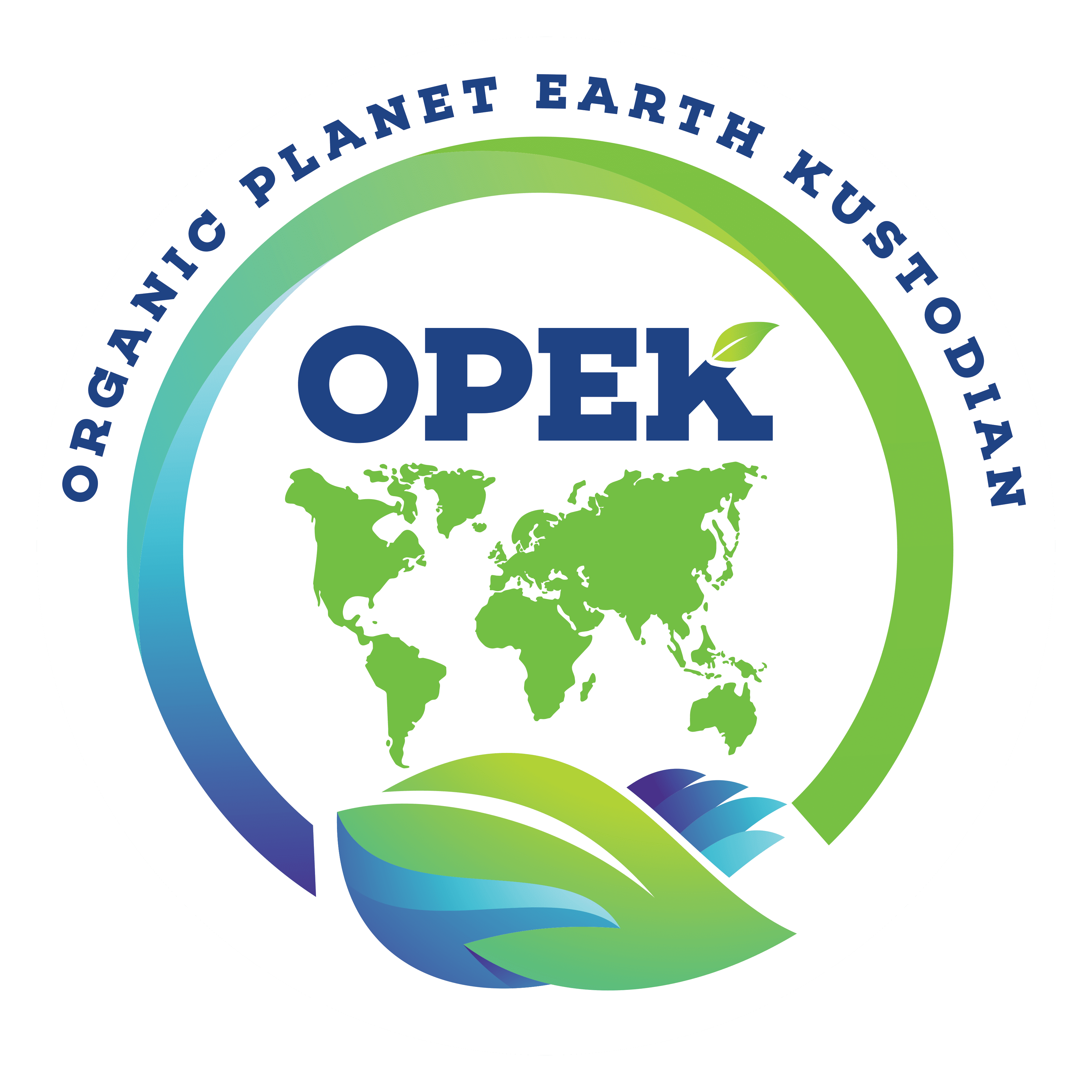What is Kraft and Why You Should Switch
Looking at the market nowadays, it seems like there are hundreds of materials available as “environmentally friendly” alternatives to plastic, each with its unique strengths. Analysing and comparing all of these can be overwhelming for anyone, and so many are discouraged from seeking change. In this article, we will look to clarify any questions around the material named “Kraft” (or “Kraft Paper”). We will describe its production process, its characteristics, its uses, and how it compares to other environmentally friendly materials.
Production
Kraft paper is produced via the “Kraft process”. This is similar to the process of making normal printer paper, and it involves chemically converting wood chips into wood pulp. This pulp is then cooked, screened, and washed before being formed into paper products. The difference between the Kraft process and the regular paper process is that the Kraft paper has higher cellulose content and lower lignin content than regular paper, which makes it coarser but also much more durable and resilient. Also, Kraft does not undergo the extensive bleaching process that regular paper must endure making it more lightweight and malleable. Ultimately, these production changes mean that Kraft is much more suited to applications such as packaging and tableware.
Characteristics
As elaborated on above, Kraft is known for having some advantages of regular paper – such as being lightweight, flexible, and cheap – as well as its unique advantages of durability and resilience.
Furthermore, Kraft paper and its process are eco-friendly by being highly sustainable. Nearly all the chemicals used during production can be recovered and reused, and the Kraft products themselves can be recycled up to 7 times. Additionally, extensive infrastructure already exists to be able to easily recycle them, so the issue of unevolved recycling systems that another material face has already been overcome by Kraft.
The final characteristic to touch on here is the simple and attractive texture and colour. The neutral brown tone of Kraft makes it receptive to colourful accessories either from customer decoration or from business product design.
Uses
Combining the flexibility of paper and the durability of a unique production process means that Kraft has become one of the most widely applicable and versatile materials for products. For example, some product offerings at OPEK include: wrapping paper, food containers, cups and packaging.
Comparisons
The following table is a quick comparison of Kraft, plastic and material as a production material for bags, containers and such. Note that while plastic may see great performance, some are incredibly harmful to environment, and so each year, more and more efforts are being made to ban the use of these plastics.
| Kraft | Plastic | Metal | |
| Recyclability | 6-7 times | 1-2 times | Infinite times |
| Mechanical Flexibility | Middle | Best | Worst |
| Production Cost | Middle | Best | Worst |
| Compostable? | Only if unbleached | Depends on material | Not an organic material |

References
https://ift.onlinelibrary.wiley.com/doi/full/10.1111/j.1750-3841.2007.00301.x


 by
by